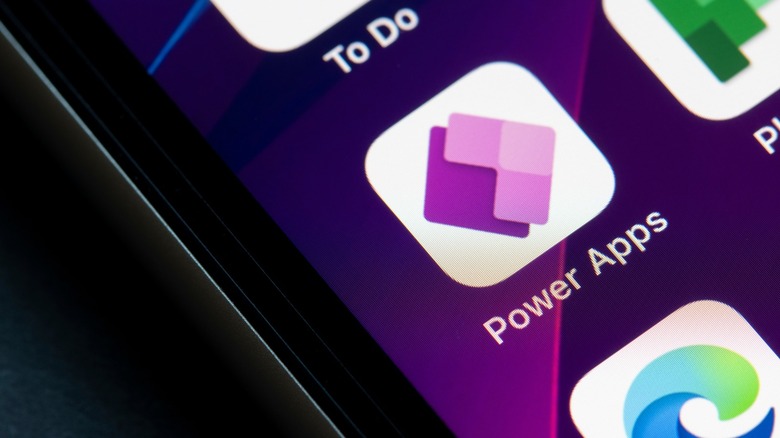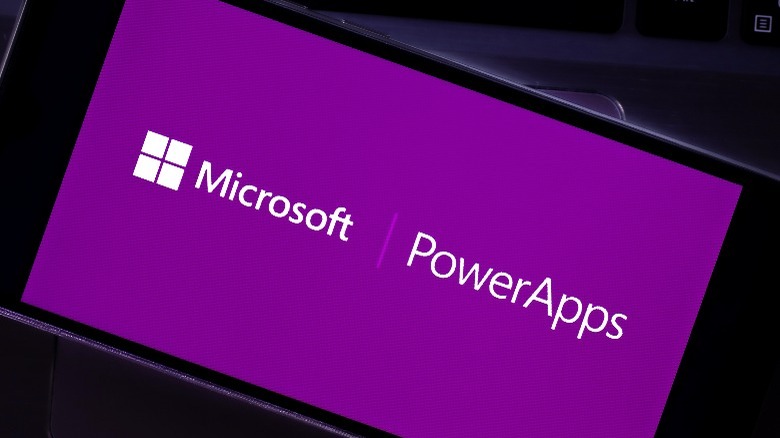
Tada Images/Shutterstock
With over a million organizations in the U.S. alone relying on Office 365, Microsoft empowers countless enterprises worldwide with its products and services. Now, you can use Microsoft Word, Excel, and PowerPoint for free. Popular Microsoft platforms that most people are familiar with include Windows and Office, but the monopoly provides a plethora of other utilities.
Microsoft Azure is a good example of a useful solution that countless companies use to fulfill their cloud computing needs. Another widely used yet lesser-recognized service is Microsoft Power Apps. The tool aids workplace owners in building tweaked versions of popular Microsoft services that cater to the company’s specific needs.
Normally, to fulfill similar purpose-built apps, you would require someone with comprehensive programming knowledge and an IT support team for the app’s maintenance. Power Apps can turn any user into a programmer by bringing the goodness of custom apps without the need for any coding. Those looking to supercharge their growing businesses with a quick, flexible, and cost-effective solution should definitely look into utilizing this tool by understanding what it offers and how much it costs.
What is Microsoft Power Apps?

Gorodenkoff/Shutterstock
At its core, Microsoft Power Apps is a versatile tool that lets organizations build custom applications to better fit their workflow. These applications can then be handed over to the employees, administrators, or sometimes even clients. What makes Power Apps alluring is how simple it is to configure complex operations that users can then operate without extensive technical expertise.
This little-to-no coding platform follows a simple drag-and-drop interface, which makes creating apps a breeze. Apps built using Microsoft Power Apps can be accessed through the web and across different devices. You can create complex processes, automate them, and ship them as user-friendly toggles or controls.
Power Apps has an extensive library of sample apps that you can use as a template. Using connectors, you can fuse two or more Office 365 services together, ensuring a smooth flow of operations. For example, an employee management system may utilize the data organization power of Excel, the calendar share functionality of Outlook, and SharePoint’s hosting capabilities to make the web application available to users. Currently, Power Apps is an invaluable tool used in organizations that provide business analytics or IT solutions.
How much does Microsoft Power Apps cost?

photo_gonzo/Shutterstock
There are a few approaches to building an app using Microsoft Power Apps. Canvas Apps can be built from scratch, and are highly flexible in design. Model-driven apps rely on an underlying data model, which they use to generate the user interface automatically — this is most commonly used to craft enterprise-level applications that require scalability and maintenance. Lastly, Portals acts as a bridge that lets external users, without a license for Power Apps, interact with your organization’s data stored in Microsoft’s Dataverse.
Power Apps can be licensed in three different pricing structures. The premium plan costs $20 per user a month and will allow the creation of unlimited custom applications with access to unlimited websites. For smaller businesses or individuals who intend to build an app for very specific business needs, the Power Apps per-app pricing tier is great value at $5 a user every month. Individuals with an Azure subscription can utilize the pay-as-you-go structure that charges you only for the number of users who used the custom app the previous month.